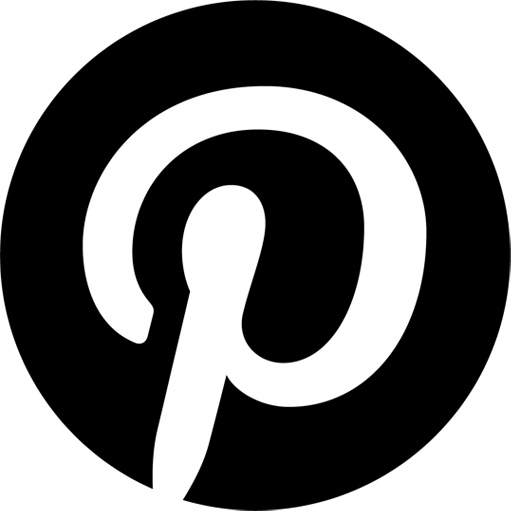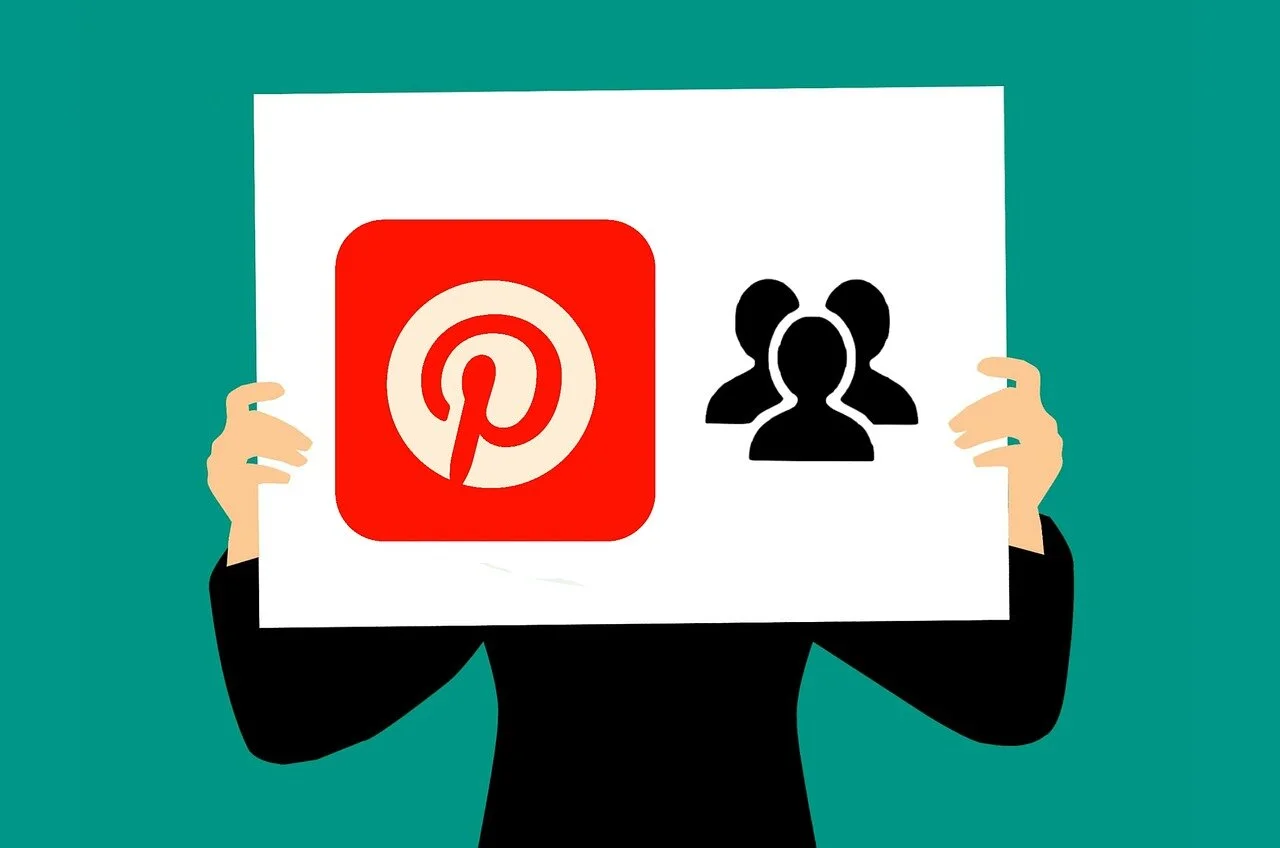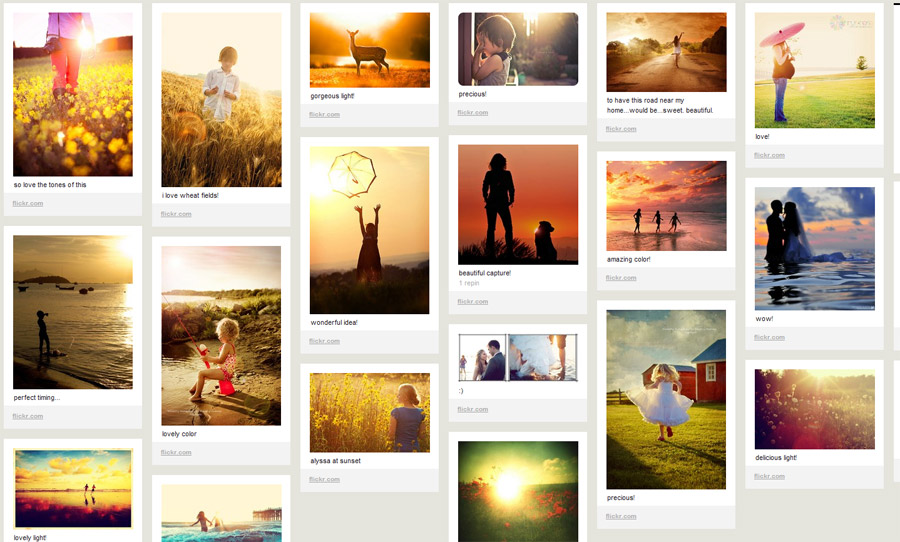As 2023 comes to a close, Artificial Intelligence remains front of mind as tech giants continue to develop more powerful language models. The rapid development comes with growing concern for privacy and energy consumption. Meanwhile, arts organizations use technology to stay on top of trends - bringing popular culture into museums or adjusting to changing voice in social media. And, as the year comes to a close, the Arts Management and Technology Laboratory is taking a break for the next couple of weeks. Check back January 1 for new content, follow us on socials, or rewind to some of your favorite 2023 articles and podcasts.
How the Arts Can Leverage Pinterest for Digital Engagement
The social media platform Pinterest has only been around for a decade, but it is already the third-largest social network in the U.S. Although Pinterest is such a popular sharing platform, major art organizations do not appear to be using it to its full potential. Many leading institutions do not even have a public profile, meaning that they are missing out on important digital engagement opportunities. When used strategically, Pinterest can successfully promote an entire institution, a single program, or a department.
AMT Lab News Roundup: August
August tends to be summer's warmest month, and the news in the arts management and technology sector was just as hot. Cuseum released a report on AR’s visitor impact, early blockchain prototypes were found in the New York Times, and the Broad Museum shared details on their upcoming smart gallery labels. Plus, if your organization hasn’t thought about Pinterest in a while, you may want to. Read on to find out more!
Why in the Arts World Don't You Have a Pinterest?
Haven’t you heard? Pinterest: Now Officially Better Than Yahoo and Bing* *Sort of.
The story dropped earlier this month: Pinterest referred more people to websites in August than Yahoo and Bing. What that means is that more people visited Website X by clicking on content (generated from Website X) that is on Pinterest, than people did by searching for Website X on Yahoo or Bing. Which is huge – the little-social-media-that-could topped industry giants, if only by a few decimal points.
The report came from Shareaholic, a social media tool for sharing websites, on just about every social media platform. They have tools for sharing pages from your browser, to putting buttons on your site to allow your visitors to share your content. The Shareaholic Analytics tool tracks who’s sharing your work, and how visitors are reaching you – which is where this report comes from. Shareaholic Analytics also points out that traffic from Pinterest has doubled in the past four months and “is now the fourth largest traffic source in the world”. Can that possibly be true?
Maybe. Search Engine Optimization is a tricky beast and there are a few drawbacks to the report. Shareaholic can only measure the websites currently using its tools – which is a network of 200,000 publishers, who reach 300 million people each month. While that sounds like a suitable sample size, it does depend on the makeup and content of each website, their level of SEO sophistication, etc, etc.
Of course, why am I telling you this? The arts community, while generally not on the bleeding edge, hasn’t been idle on the Pinterest front. The always-cool SFMOMA has boards upon boards of art. The Pittsburgh Irish and Classical Theatre boards give us a glimpse behind the scenes of their shows and soirees. Heck, the Milwaukee Symphony Orchestra pins everything from fanmail and music jokes to gorgeous music halls and their musicians. The fact is, Pinterest’s layout and content lends itself to arts organizations. (But for real people, you can pin videos – and I have yet to see a performances board!) Shareaholic says that Pinterest is one of the best ways to send people to your website. Why don’t you have one yet?
It could be time, it could be money, it's probably a mixture of both. Maybe, like skeptics of this report, you need more time to make an assessment. There are larger implications here: that “sharing” is greater than “searching,” visuals more important than text, and that your friends know what you should look at better than some algorithm. This was still just one report, using one social sharing service, for one month, however, and only time will tell if these trends continue – but maybe you and your organization should take a closer look at Pinterest. We have tools to help you set one up.
Pinterest 101 for Arts Organizations [mini-nar]
Pinterest is the latest and greatest in social media, we've talked about it before, and it just reached 10 million unique hits in a month, the fastest independent website to ever attain this lofty title. Every blogger with access to a data set out there is looking at the demographics of Pinterest, but what can a visually based social media do for your organization? This Mini-Nar is going to take a look at some of the basic functions of Pinterest, as well as how some arts organizations are maintaining and utilizing their Pinterest accounts. http://youtu.be/JZKgsWlU6Uk
Check out these Pinterests from the video: the San Francisco Museum of Modern Art, the San Francisco Ballet, the Arts and Business Council of Greater Philadelphia, and Lionsgate Be Fit. Some of the demographic data I referred to came from Tech Crunch.
What do you think? Is Pinterest something you'll consider using - or do you already utilize it? Comment on this post and let us know!
Pinterest, Instagram, and Percolate: The Latest in Social Media
Today’s social media networks are engaging in covert retrospection. Even as the world preoccupies itself with its future, social media platforms are becoming uncannily reminiscent of the past. Twitter is the modern day telegram, Facebook the diary that is no longer hidden, and recently, there has been a flurry of activity on Pinterest and Instagram, both of which are equally retro savvy.
A board where you can pin up your favorite ideas and images. A lens that lets you transport your photos back to 1977. Yes, Pinterest and Instagram are definitely retrograde in their outlook, and more importantly, incredibly popular. In fact, so many have taken an interest in Pinterest that last year it was “one of the top ten most visited social networks.” Hence, a host of organizations have begun to use these networks to visually engage with their readers, customers, or audiences.
Pinterest is a virtual pin board where you can “organize and share all the beautiful things you find on the web.” Users can categorize their interests into boards and subsequently build on that interest through pinning up images that inspire or appeal to them. Moreover, each pin can be re-pinned, liked, and commented on, leading to the creation of a social dialogue.
Recently, there was an informative article in Outspoken Media about how to effectively use Pinterest. In her article, the author mentioned that while it is against the Pinterest’s etiquette to use the site for self-promotion, brands could nevertheless use it to narrate their own story, rather than the story of what they sell.
“Pinterest works best when brands show customers what’s going on below the surface. When they allow consumers to see the spirit of their brand by showing them not what they do, but why they do it – what inspires them, what moves them, what the company culture is based on. They do that all through topic-specific boards.”
Given the entirely visual motivations of Pinterest, it’s striking that not many arts organizations are on the site. There is even a whole category of pins under Art! If your organization’s mission, vision, passions, and inspirations can be conveyed visually, then you may want to check whether Pinterest is hiding behind more significant pins (Facebook, Twitter) on your social media brown board.
 While Pinterest is teeming with inspiring and beautiful pictures, the social media app Instagram, may just be the source of those pictures. Instagram is an app that lets you filter your images in a variety of styles, which can then be uploaded to the Instagram site and shared with other users. The filters, which are remarkably, aesthetically attuned, have probably redeemed many a picture from the depths of Dante’s photographic inferno, (if one were to exist).
While Pinterest is teeming with inspiring and beautiful pictures, the social media app Instagram, may just be the source of those pictures. Instagram is an app that lets you filter your images in a variety of styles, which can then be uploaded to the Instagram site and shared with other users. The filters, which are remarkably, aesthetically attuned, have probably redeemed many a picture from the depths of Dante’s photographic inferno, (if one were to exist).
And for an app that is used, even by the President of America, for politically strategic if not aesthetic reasons, Instagram has certainly gained a lot of momentum. Arts organizations can use the app for sprucing up images they’d like to share and publish them on a wide variety of sites, including Instagram itself. The app can also work as a marketing tool and was recently employed by Tiffany & Co in their ad campaign titled What Makes Love True.
Finally, if the muse of social media content generation has marooned you on the island of blankness, Percolate is here to help. Percolate helps brands generate content through the process of online curation. As stated on their website, “Percolate bubbles up interesting content from around the web and presents it back to a brand editor to add a comment and publish back out to social channels and websites.” As of now, the site is invite only, but brands can get in touch and learn more about the dissipation of social media content on their website.
So before you despair at the idea of building yet another social media platform, wait a while. Let the possibilities that these sites open up... percolate.









